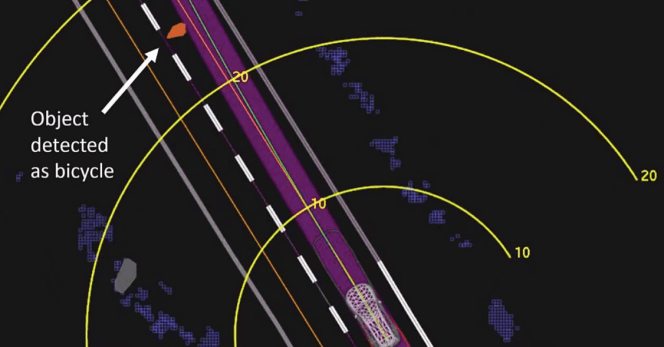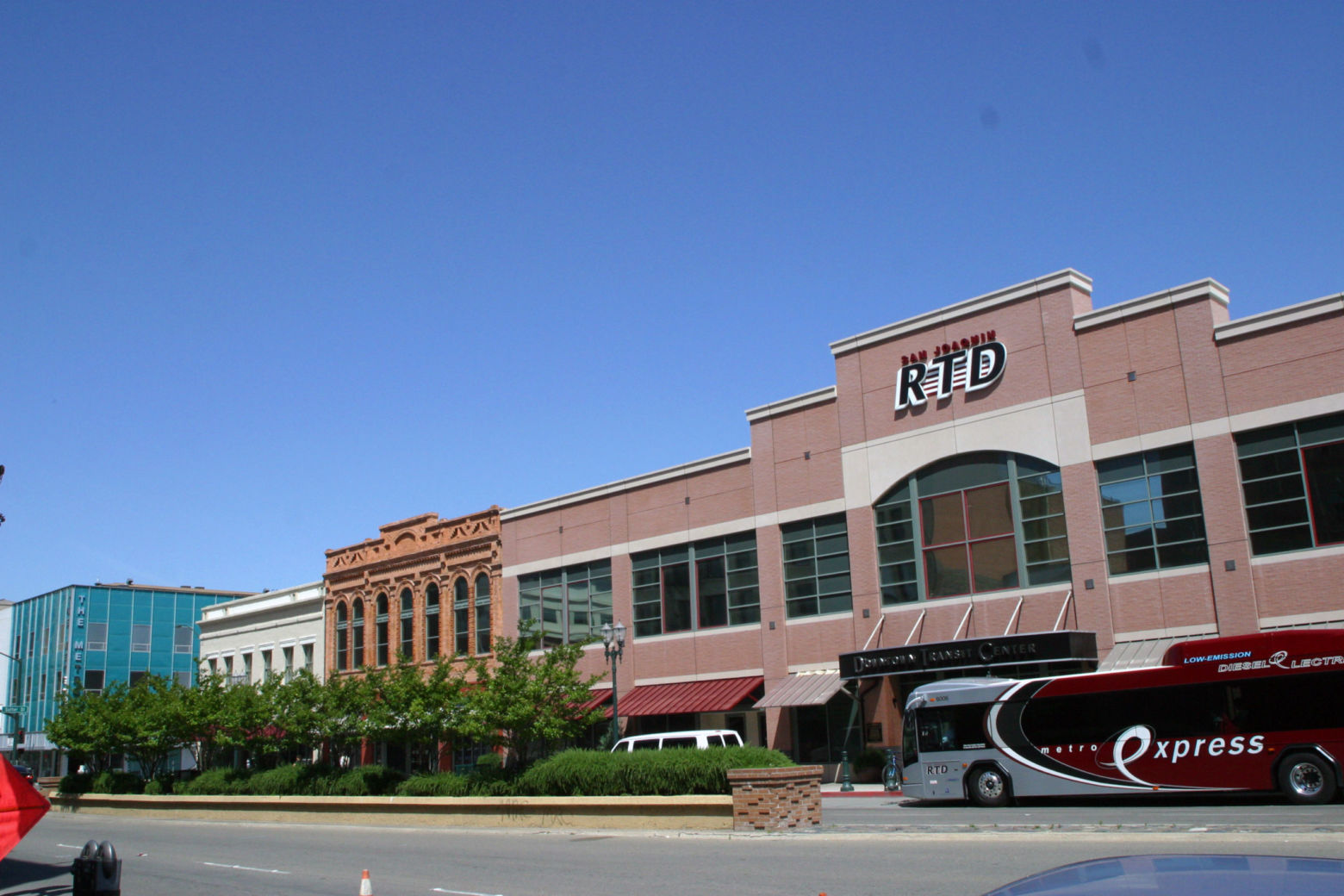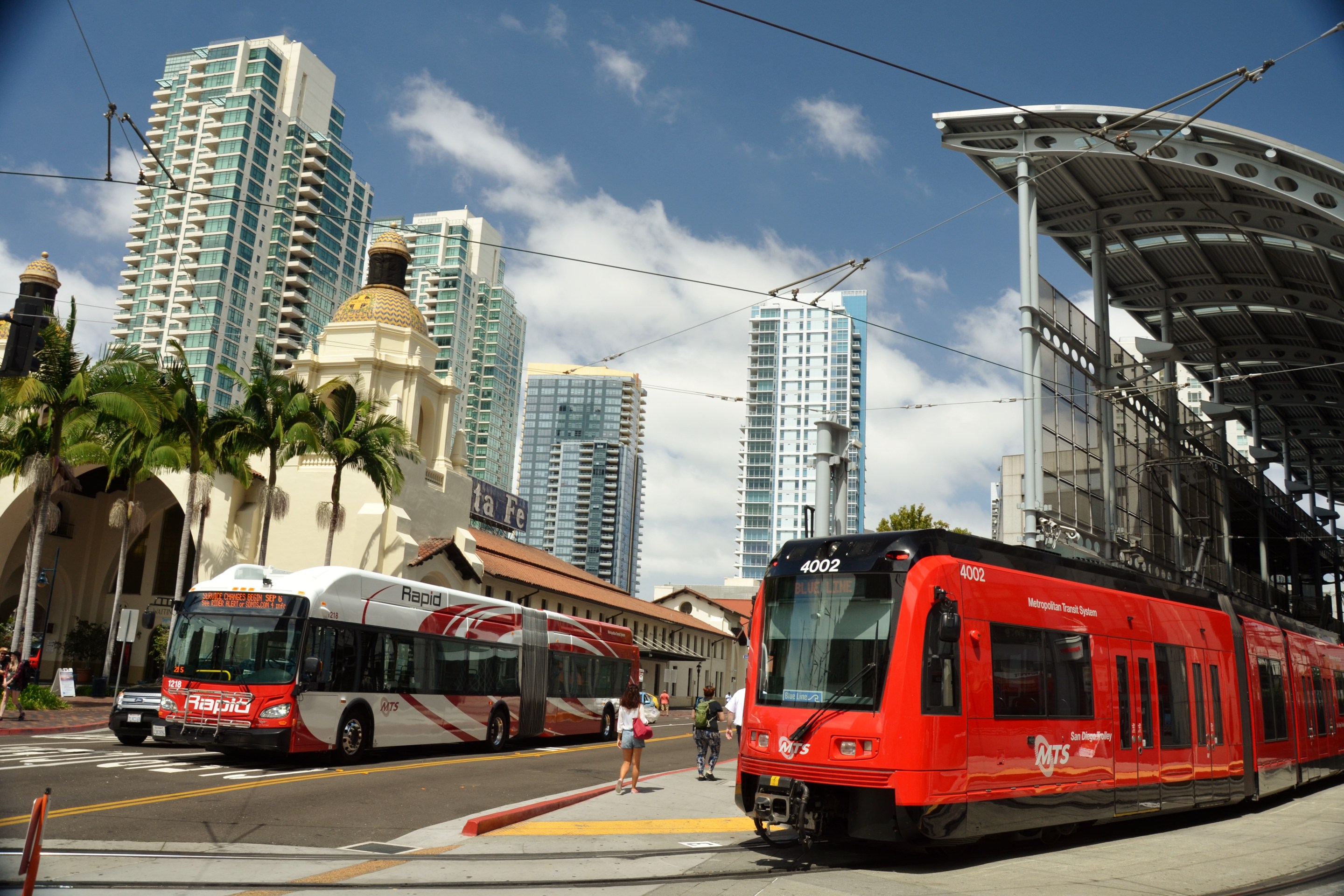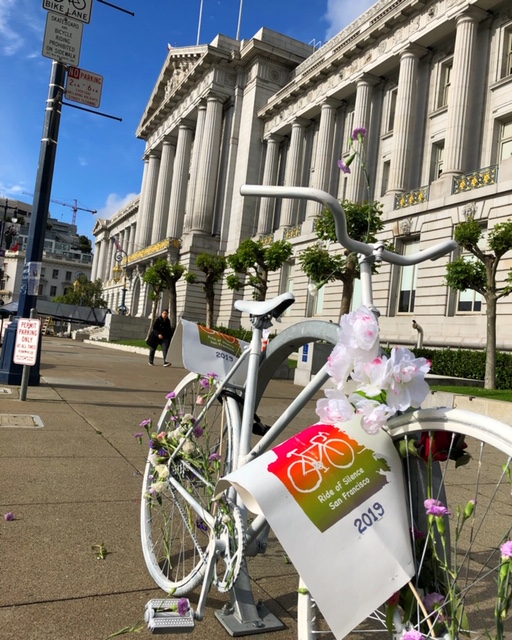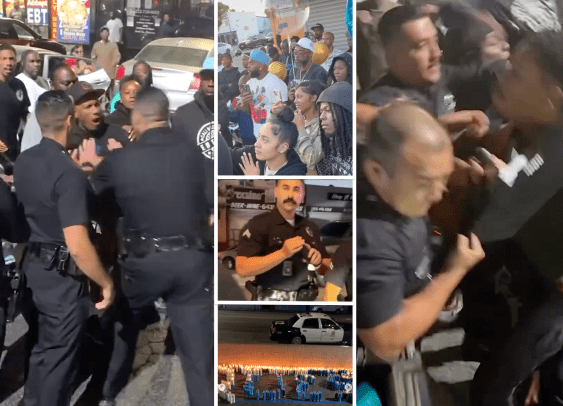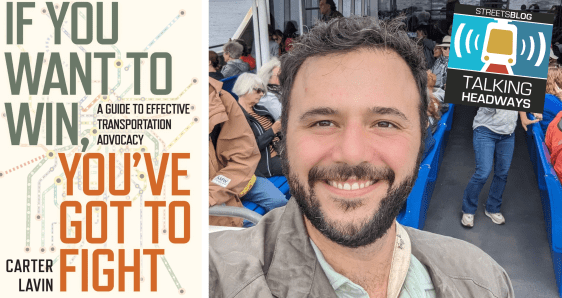The National Transportation Safety Board is out with a preliminary report into how an Uber car in self-driving mode struck and killed Elaine Herzberg in Tempe, Arizona, this March. The report doesn't assign culpability for the crash but it points to deficiencies in Uber's self-driving car tests.
Uber's vehicle used Volvo software to detect external objects. Six seconds before striking Herzberg, the system detected her but didn't identify her as a person. The car was traveling at 43 mph.
The system determined 1.3 seconds before the crash that emergency braking would be needed to avert a collision. But the vehicle did not respond, striking Herzberg at 39 mph.
NTSB writes:
According to Uber, emergency braking maneuvers are not enabled while the vehicle is under computer control, to reduce the potential for erratic vehicle behavior. The vehicle operator is relied on to intervene and take action. The system is not designed to alert the operator.
Amir Efrati at The Information cites two anonymous sources at Uber who say the company "tuned" its emergency brake system to be less sensitive to unidentified objects.
Arstechnica's Timothy Lee explains the company's rationale:
The more cautiously a car's software is programmed, the more often it will slam on its brakes unnecessarily. That will produce a safer ride but also one that's not as comfortable for passengers.
Uber was in a rush to meet an internal goal of offering rides in self-driving cars to paying passengers in Arizona by the end of the year, Lee reports.
The NTSB report absolves the back-up driver, who glanced away from the road before the collision. She told investigators she was not distracted by a device but was looking at the self-driving system interface.
The report also uses some victim-blaming language. The NTSB notes that Herzberg had methamphetamine and marijuana in her system, points out she was crossing 360 feet away from the closest crosswalk, and says she "was dressed in dark clothing and that the bicycle did not have any side reflectors."
The agency is still compiling evidence for a final report and has not assigned culpability to any party.
Yesterday, Uber announced it is suspending operations permanently in Arizona, perhaps in anticipation of the release of the NTSB report. The company, however, has not abandoned its tests of self-driving cars in Pittsburgh and San Francisco.
